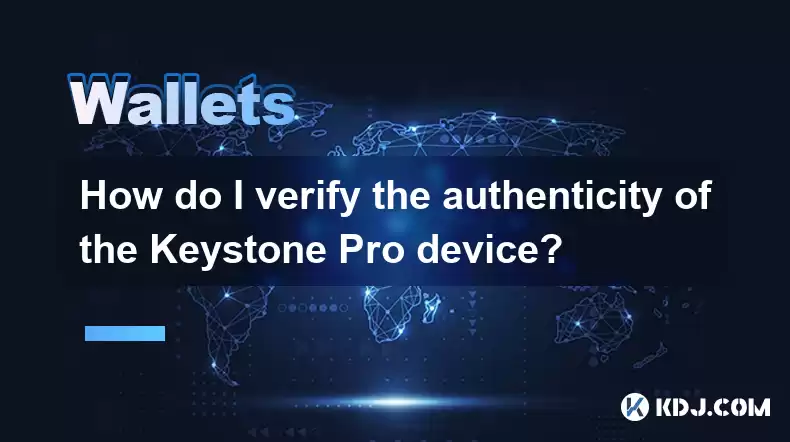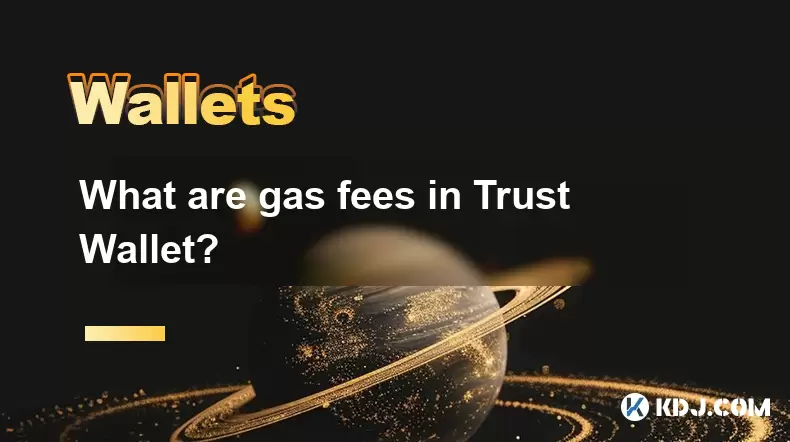-
 Bitcoin
Bitcoin $114400
1.32% -
 Ethereum
Ethereum $3499
2.20% -
 XRP
XRP $2.922
4.26% -
 Tether USDt
Tether USDt $0.0000
0.03% -
 BNB
BNB $752.6
1.53% -
 Solana
Solana $161.8
1.64% -
 USDC
USDC $0.9999
0.01% -
 TRON
TRON $0.3267
1.32% -
 Dogecoin
Dogecoin $0.1991
3.02% -
 Cardano
Cardano $0.7251
3.29% -
 Hyperliquid
Hyperliquid $38.32
3.36% -
 Stellar
Stellar $0.3972
7.58% -
 Sui
Sui $3.437
2.74% -
 Chainlink
Chainlink $16.29
3.65% -
 Bitcoin Cash
Bitcoin Cash $545.3
3.70% -
 Hedera
Hedera $0.2482
7.49% -
 Ethena USDe
Ethena USDe $1.001
0.03% -
 Avalanche
Avalanche $21.40
2.02% -
 Toncoin
Toncoin $3.579
1.56% -
 Litecoin
Litecoin $109.3
2.20% -
 UNUS SED LEO
UNUS SED LEO $8.951
-0.18% -
 Shiba Inu
Shiba Inu $0.00001220
2.75% -
 Polkadot
Polkadot $3.613
2.99% -
 Uniswap
Uniswap $9.173
3.78% -
 Monero
Monero $302.6
2.62% -
 Dai
Dai $0.0000
0.00% -
 Bitget Token
Bitget Token $4.320
1.52% -
 Pepe
Pepe $0.00001048
3.40% -
 Cronos
Cronos $0.1314
4.33% -
 Aave
Aave $259.4
3.54%
How do I verify the authenticity of the Keystone Pro device?
To verify your Keystone Pro's authenticity, check the holographic sticker on the box, match the serial numbers, use the Keystone Authenticity App, and ensure the firmware version is up-to-date.
Apr 25, 2025 at 12:14 am

Introduction to the Keystone Pro Device
The Keystone Pro is a hardware wallet designed to secure your cryptocurrencies offline, providing an additional layer of protection against online threats. Verifying the authenticity of this device is crucial to ensure that your assets remain safe. This article will guide you through the steps to confirm that your Keystone Pro is genuine.
Unboxing and Initial Inspection
Upon receiving your Keystone Pro, start by carefully unboxing the device. Check the packaging for any signs of tampering, such as broken seals or irregular tape. The box should be sealed with a holographic sticker, which is a key indicator of authenticity. If the holographic sticker appears to be damaged or missing, it could be a sign of a counterfeit product.
Next, inspect the contents of the box. The Keystone Pro should come with the following items:
- The Keystone Pro hardware wallet
- A USB-C cable
- A quick start guide
- A recovery sheet
Ensure that all these items are present and in good condition. The device itself should have a smooth finish and no visible defects.
Verifying the Serial Number
One of the primary ways to verify the authenticity of your Keystone Pro is through the serial number. The serial number is located on the back of the device and should also be printed on the box. Compare these two numbers to ensure they match. If they do not match, it is a clear sign that the device may be counterfeit.
Additionally, you can verify the serial number on the manufacturer's website. Visit the official Keystone website and navigate to the section dedicated to verifying device authenticity. Enter the serial number from your device into the provided field. If the serial number is recognized and confirmed as genuine, you can proceed with confidence.
Using the Keystone Authenticity App
Keystone provides an authenticity verification app that can be downloaded from their official website or app store. This app uses advanced cryptographic techniques to confirm the legitimacy of your device. Here’s how to use it:
- Download and install the Keystone Authenticity App on your smartphone.
- Open the app and follow the on-screen instructions to connect your Keystone Pro to your phone via Bluetooth.
- Initiate the verification process within the app. The app will communicate with your device and perform a series of checks to confirm its authenticity.
- Wait for the verification result. If the app confirms that your device is genuine, you can be assured of its authenticity.
Checking the Firmware Version
Another important step in verifying the authenticity of your Keystone Pro is to check the firmware version. Counterfeit devices often come with outdated or modified firmware. To check the firmware version:
- Power on your Keystone Pro and navigate to the settings menu.
- Select the 'About' or 'Device Info' option to view the current firmware version.
- Compare this version with the latest version listed on the official Keystone website. If the firmware version on your device is outdated or does not match the official version, it could indicate a counterfeit device.
Performing a Self-Test
Keystone Pro devices come equipped with a self-test feature that can help verify their authenticity. To perform a self-test:
- Navigate to the settings menu on your device.
- Select the 'Self-Test' option. The device will run a series of internal checks to ensure all components are functioning correctly.
- Review the results of the self-test. If the device passes all tests, it is another indication of its authenticity.
Contacting Keystone Support
If you have any doubts about the authenticity of your Keystone Pro after following the above steps, contact Keystone's customer support. They can provide further assistance and guidance. When reaching out to support:
- Provide your serial number and any relevant details about your device.
- Describe any concerns you have about the authenticity of your device.
- Follow any additional instructions provided by the support team to confirm the legitimacy of your Keystone Pro.
Frequently Asked Questions
Q: Can I use the Keystone Pro if I am unsure about its authenticity?
A: It is not recommended to use the Keystone Pro if you have doubts about its authenticity. Using a potentially counterfeit device can put your cryptocurrencies at risk. Always verify the authenticity before using the device.
Q: What should I do if I discover that my Keystone Pro is counterfeit?
A: If you find that your Keystone Pro is counterfeit, stop using it immediately. Contact Keystone's customer support to report the issue and seek guidance on the next steps. You may also want to consider reporting the counterfeit device to the relevant authorities.
Q: How often should I check the firmware version of my Keystone Pro?
A: It is a good practice to check the firmware version of your Keystone Pro periodically, especially when new updates are released. Regularly updating your device ensures that you have the latest security features and can help confirm its authenticity.
Q: Is it possible for a counterfeit device to pass the Keystone Authenticity App verification?
A: While it is highly unlikely, it is theoretically possible for a sophisticated counterfeit device to pass the initial verification. However, the combination of multiple verification methods, including serial number checks and firmware version comparisons, significantly reduces the risk of a counterfeit device going undetected.
Disclaimer:info@kdj.com
The information provided is not trading advice. kdj.com does not assume any responsibility for any investments made based on the information provided in this article. Cryptocurrencies are highly volatile and it is highly recommended that you invest with caution after thorough research!
If you believe that the content used on this website infringes your copyright, please contact us immediately (info@kdj.com) and we will delete it promptly.
- Kaspa, HBAR, and Cold Wallet: A New York Minute on Crypto's Latest Moves
- 2025-08-04 09:11:54
- Ethereum Whale Watch: Selling Pressure and Price Volatility
- 2025-08-04 09:11:54
- XRP ETF Mania: Teucrium's Crypto Triumph and the Altcoin Frenzy
- 2025-08-04 09:30:13
- Crypto Wallet Scam: A $900K Loss & What You Need to Know
- 2025-08-04 09:35:13
- Dogecoin's Wild Ride: Elliott Wave, Stochastic RSI, and What's Next, Ya Know?
- 2025-08-04 09:40:12
- Shiba Inu (SHIB), Crypto Investments, and the Meme Coin Evolution: What's the Deal?
- 2025-08-04 09:45:17
Related knowledge

What is a watch-only wallet in Trust Wallet?
Aug 02,2025 at 03:36am
Understanding the Concept of a Watch-Only WalletA watch-only wallet in Trust Wallet allows users to monitor a cryptocurrency address without having ac...

How to fix a stuck pending transaction in Trust Wallet?
Aug 03,2025 at 06:14am
Understanding Why Transactions Get Stuck in Trust WalletWhen using Trust Wallet, users may occasionally encounter a pending transaction that appears t...

What is a multi-coin wallet in Trust Wallet?
Aug 03,2025 at 04:43am
Understanding Multi-Coin Wallets in Trust WalletA multi-coin wallet in Trust Wallet refers to a digital wallet that supports multiple cryptocurrencies...

How to switch between networks in Trust Wallet?
Aug 02,2025 at 12:36pm
Understanding Network Switching in Trust WalletSwitching between networks in Trust Wallet allows users to manage assets across different blockchains s...

How to check my full transaction history on Trust Wallet?
Aug 02,2025 at 09:24am
Understanding Transaction History in Trust WalletTrust Wallet is a widely used non-custodial cryptocurrency wallet that supports a broad range of bloc...

What are gas fees in Trust Wallet?
Aug 04,2025 at 06:14am
Understanding Gas Fees in Trust WalletGas fees in Trust Wallet refer to the transaction costs required to execute operations on a blockchain network. ...

What is a watch-only wallet in Trust Wallet?
Aug 02,2025 at 03:36am
Understanding the Concept of a Watch-Only WalletA watch-only wallet in Trust Wallet allows users to monitor a cryptocurrency address without having ac...

How to fix a stuck pending transaction in Trust Wallet?
Aug 03,2025 at 06:14am
Understanding Why Transactions Get Stuck in Trust WalletWhen using Trust Wallet, users may occasionally encounter a pending transaction that appears t...

What is a multi-coin wallet in Trust Wallet?
Aug 03,2025 at 04:43am
Understanding Multi-Coin Wallets in Trust WalletA multi-coin wallet in Trust Wallet refers to a digital wallet that supports multiple cryptocurrencies...

How to switch between networks in Trust Wallet?
Aug 02,2025 at 12:36pm
Understanding Network Switching in Trust WalletSwitching between networks in Trust Wallet allows users to manage assets across different blockchains s...

How to check my full transaction history on Trust Wallet?
Aug 02,2025 at 09:24am
Understanding Transaction History in Trust WalletTrust Wallet is a widely used non-custodial cryptocurrency wallet that supports a broad range of bloc...

What are gas fees in Trust Wallet?
Aug 04,2025 at 06:14am
Understanding Gas Fees in Trust WalletGas fees in Trust Wallet refer to the transaction costs required to execute operations on a blockchain network. ...
See all articles

























































































